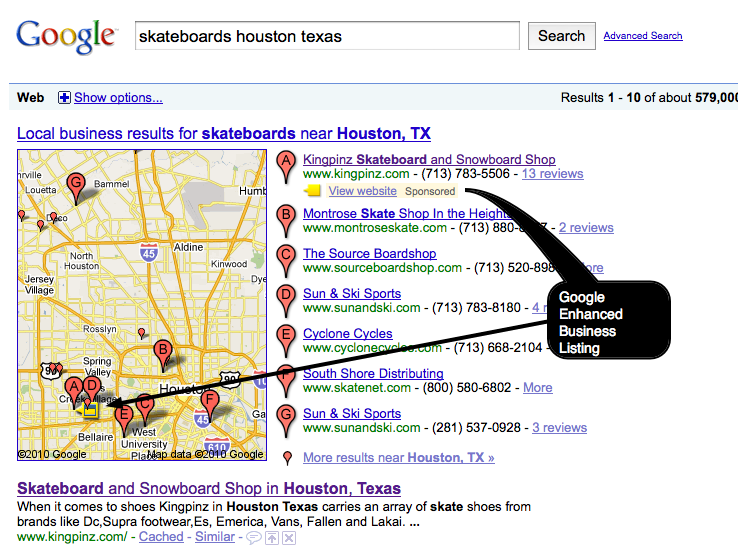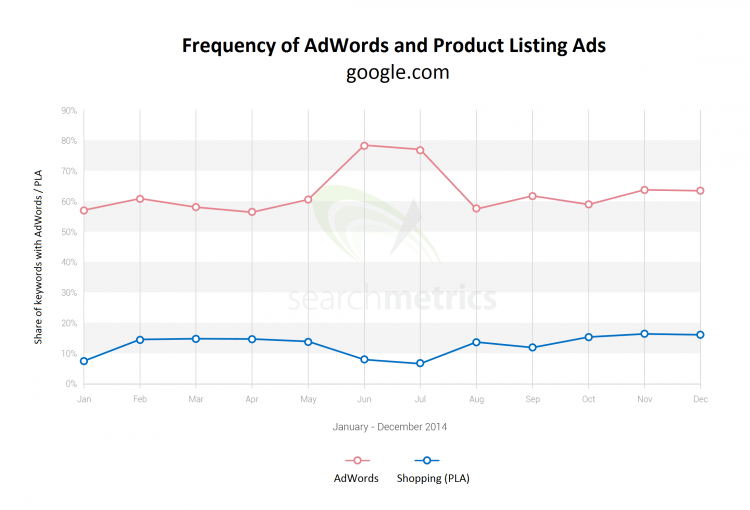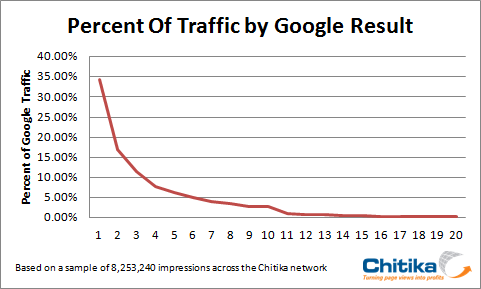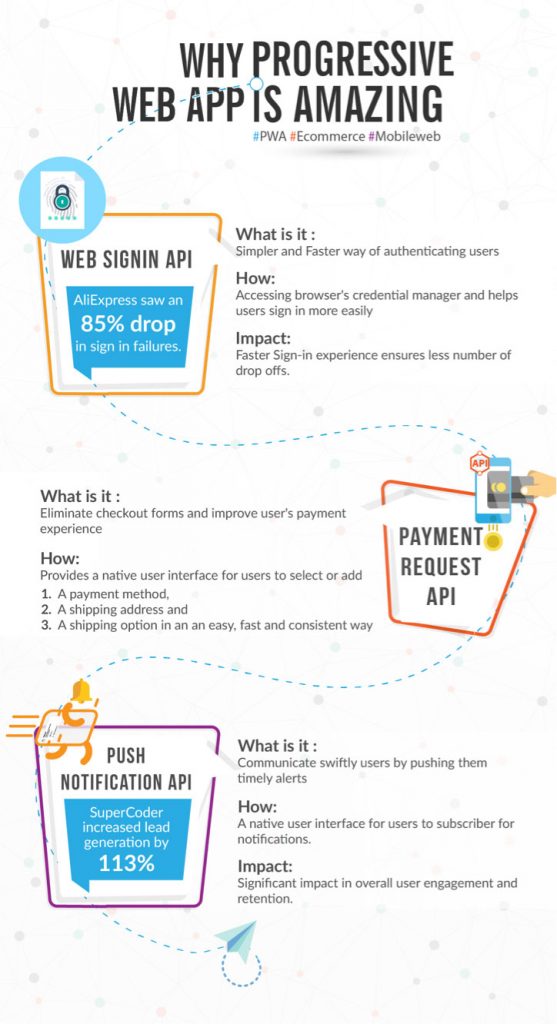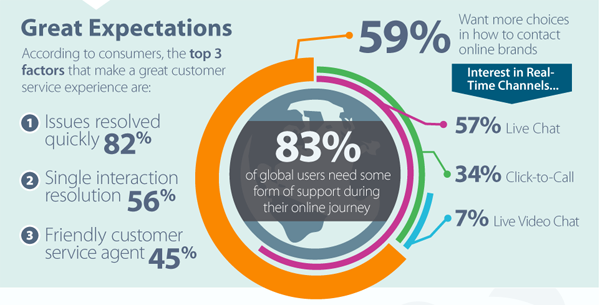Considering that 96% of Americans shop online, this really is the best time to own an online store. But there are more than a million eCommerce stores vying for the attention of online shoppers every single day. With big eCommerce players having already established their online presence and entrepreneurs flooding the market with innovative ways to reach their target audience, you need to meticulously plan your way forward.
Here’s what you need to do to achieve 7 figures in revenue.
Before you start
Do your research
First things first, you don’t want to blindly rush into things without proper industry research.
Knowing your target audience is a given. But you need to set aside a few days and just research your competitors. Is the product that you plan to sell already doing wonders in the market? If yes, gather all your competitors’ tactics and see how you can use them:
- What have others have done to make it big?
- What are they currently doing to make their mark and their brand?
- How can you be inspired by them?
Once all the research is done, brainstorm and shape the ideas you’ve gathered according to your brand.
Experiment!
It’s all about experimentation: trying out new things until the right chord strikes. Not every idea will work out, but there will definitely be some important takeaways for you to learn.
The truth is that you will fail multiple times before you succeed, but that’s how you will reach the right solution. You need to find out
- what tools are best for you
- what can provide you better traction
- what lies within your budget and
- how useful these things can be
Figure out your unique selling proposition
What makes you different from the rest? What do you provide that would make users want to buy your product? Is it your product itself? Or is it the price? The offer? The features?
Get in touch with your Customers
Your customers are a great source of information. They know where you are lacking, what they expect from you and how you can improve. Find out their opinion of your company or product and see how you can implement their suggestions. Their advice will help you build your brand and target your audience better.
How can eCommerce businesses make it big?
Half of the time, people don’t know you exist. You need to pump up your efforts to increase awareness of your brand or product and reach out to different audiences from different countries.
1. Say yes to website listings
-
Try Google Shopping
As it receives more than 11.095 billion monthly searches, make sure that you list yourself on Google. Google Shopping displays an image of your product and its essential details to attract potential buyers. Being listed increases the chances of your product being highly displayed in search results.
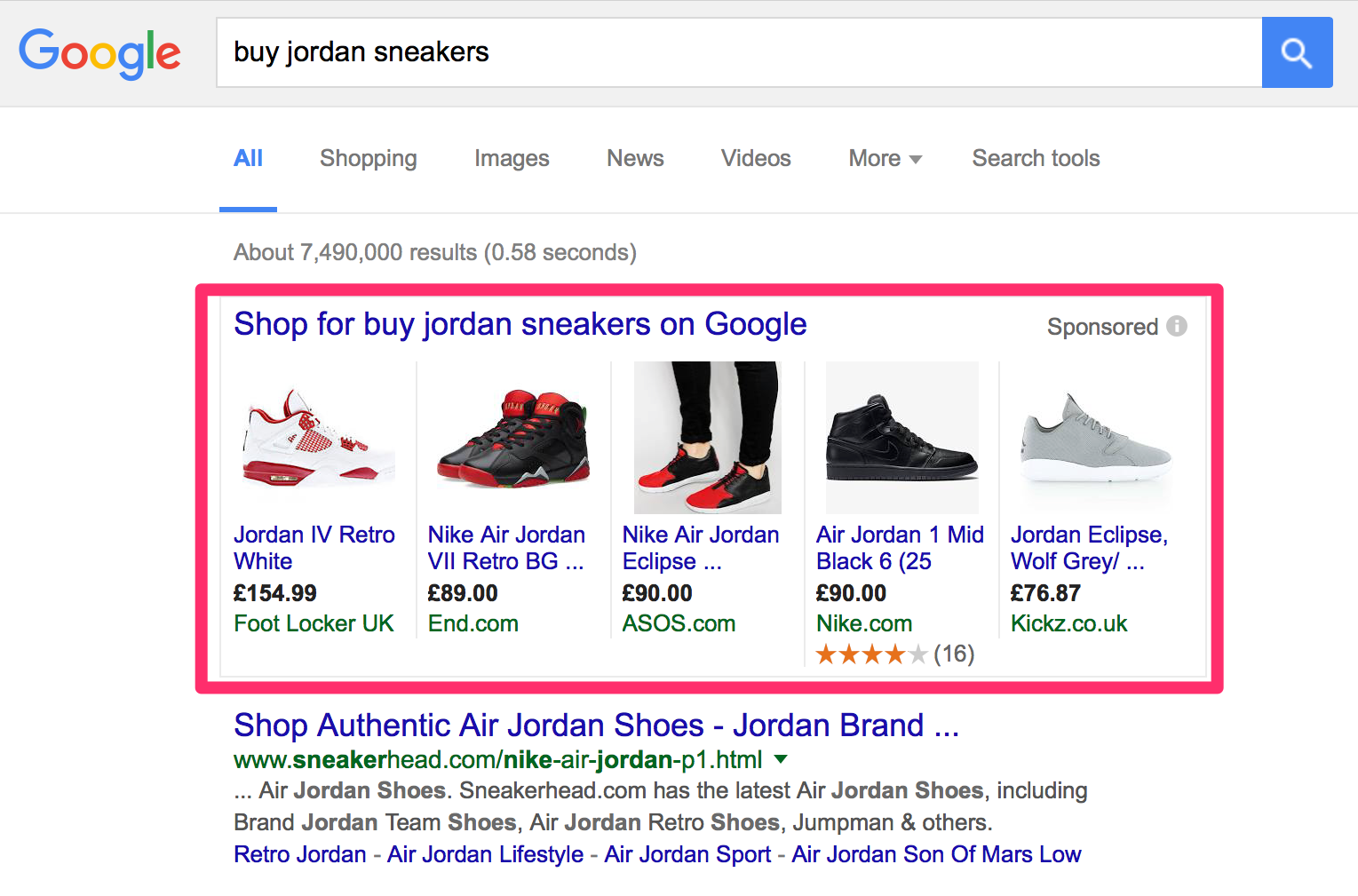
Source: Neil Patel’s post on Google Shopping
The number of Google Shopping ads has doubled from 2014 – from 7.5% to 16%. Learn how to get started with Google’s guide.
Pro tip: Once you’ve gone through your daily budget, then Google will stop reflecting your ad for that day.
-
Give Affiliate sites a shot
Place your product codes on different coupon sites like Slickdeals.net. This amplifies your visibility and the chances users will opt for your site over others. While coupon sites will charge you some amount, it is well worth it.
-
List your company with Google’s business listing
Source: exceler8
Want your website to show up when users search for similar businesses? Then a Google business listing is the answer.
You can add all the information about your business – your location, images of your product etc. As your company grows, users can check out the reviews you have got and quickly make a decision about your company. Google’s business listings also provide a detailed view of where your customers are coming from and how many times they’ve viewed and clicked. It also makes it easy to compare your business with your competitors.
-
Add your store to local listings and directories
Improve your authenticity by adding your business to smaller local directories in addition to the big guns like Google. When spiders crawl, they pick up on the number of times you have been cited on different websites. The more times you are referenced, the higher your chances of potential buyers finding your business easily.
Here are some non-Google directories where you can get yourself listed: Yelp, FourSquare, Angies List, Local, Bing Places, and Yext.
2. Purchase an AdWords campaign (if you have money to splurge)
Source: netimperative
Google AdWords is a primarily text-based ad which works on a Cost-Per-Click model. It helps to target a larger audience for particular keywords. While it can do wonders for your visibility, it’s also very expensive, so take a close look at your budget before deciding to purchase.
3. Give Facebook Ads a spin
The percentage of social media marketers who consider Facebook the most efficient advertising platform is 96%! As of March 2017, more than 1.94 billion Facebook users are live on monthly basis. And Facebook’s rate of new users increases 18% every year. You definitely can’t miss out on this gold mine.
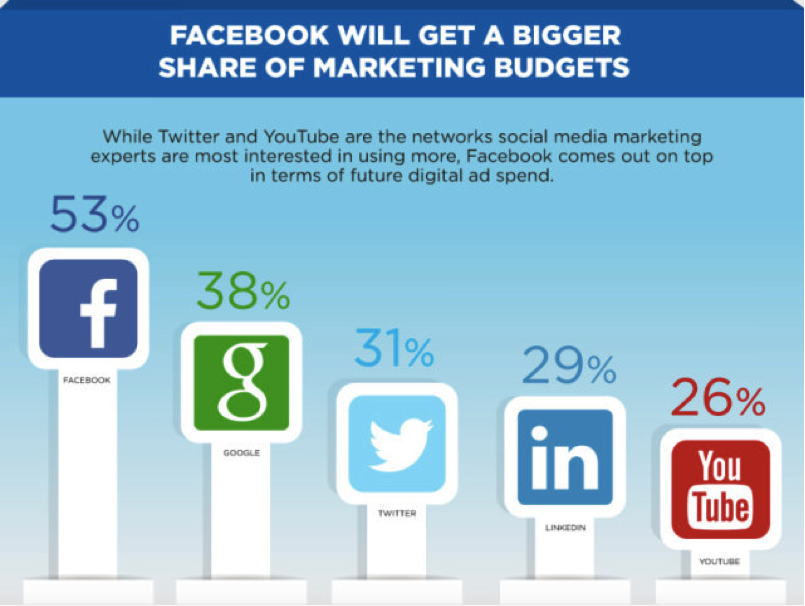
Source: BrandLoom
Due to their customising features, Facebook ads make it easier to reach out to a specific audience based on their interests, demography and purchasing behaviour. You can even target users differently based on the browser or OS they are using.
Before you start, though, make sure that you decide how you’d like to be charged. Will it be more a cost-effective campaign for you if charged per impressions or per clicks?
4. Enable website push notifications for immediate results
Website push notifications are crisp, bite-sized updates that are sent to both mobile and desktop users – even when they are not on your browser. These notifications help engage, re-engage and retarget your users back to your website by informing users about a sale, new product launch or a cart they’ve abandoned. Check out some ready-to-use web push templates that you can implement right away.
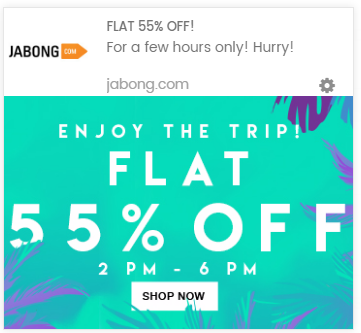
Source: Jabong
Website push notifications also make it easier to segment users and target a specific audience according to behaviour, interest, location, device and time zones. After implementing their web pushes, the online fashion retailer Koovs saw a 25% increase in their average cart value.
The results with web push are instant. You will know immediately if you are able to generate sales from the notifications or not. If you want to try out web push notifications for free, check out iZooto’s free trial offer.
5. Ace the keyword game
To build your SEO, you need to play the keyword game. And to play the keyword game, eCommerce websites need to maintain a blog. This article from Search Engine Watch explains the top 5 reasons why. Blogs allow you to
- shout out your story,
- detail the activities you do,
- address customer pain points in articles
- and more.
Most importantly, the right keywords within your blog can help you rank better in Google.
Blogs also open up opportunities to add internals links and increase the number of pages on your site. They’re a great addition to the top of the funnel for acquiring users, and backlinking can work like a charm for your SEO. Blogging frequently also helps you to keep your site updated. The aim here is to appear on page 1 of Google to increase your chances of visibility and conversions.
Source: SEOBook
Keywords also play a vital role in helping your website to rank in the top Google results pages. Choose the right keywords you want a particular page to rank for. You need to analyse your customers and think about what keywords they would be using while they search. Add your focus keyword multiple times within your copy (but make sure you don’t make it seem too obvious). Also, make use of tools such as Ahrefs, Moz, Google Keyword Planner, and KeywordTool for keyword research and to track SEO performance.
6. Build a social presence
74% shoppers rely on social media to acquire more information on a product or read reviews of products before they purchase. Be as active as you can be on all social platforms: upload videos, add photographs, conduct polls and hold contests.
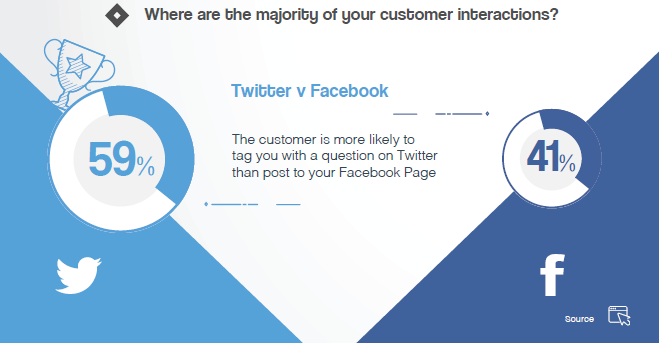
Source: xsellco
Many users rely on social media to solve their queries, so you really need to be active on the major social media sites. You can make use of tools such as CoSchedule, Hubspot and Buffer to help you schedule your social messages.
7. Send Newsletters
Frequent visibility automatically impacts a user psychologically. It helps to build authority and authenticity. In a newsletter, you can inform your users about new blog posts, comment on recent trends, and slyly promote your brand. You can acquire emails for a newsletter from the contests that you hold on social media, from blog subscriptions, by giving out shopping guides, or by other referral.
This BigCommerce article has 5 great examples of eCommerce newsletter campaigns.
8. Embrace the future with AMP and PWA
Combine Accelerated Mobile Pages (AMPs) and Progressive Web Apps (PWAs) to provide a mind-blowing user experience. With AMPs and PWAs, users can quickly open a website, select an item they like and click on the tap-to-buy button without ever adding to a cart! Users can check out with just one click, leaving them less time to second-guess their decision to buy your product.
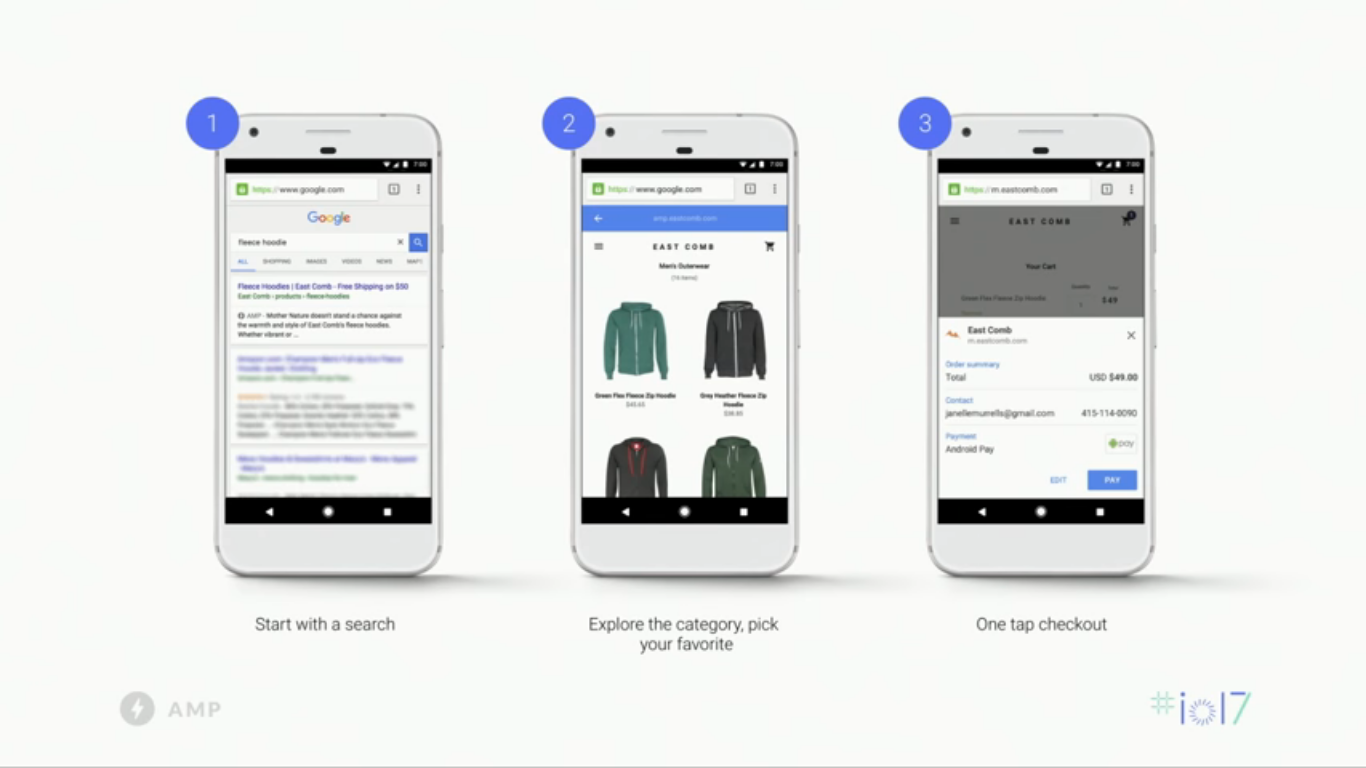
Source: Google I/O 2017
Prior to implementing AMP, it took fashion retailer Myntra a full 7 seconds to load a page. Now, after their implementation, the website loads in just 53 milliseconds.
With Web Sign In, Payment Request and Push Notifications, it’s easier than ever to authenticate users, provide easy checkouts and keep in touch with customers in a timely fashion. E-commerce businesses can turn their websites into user magnets.
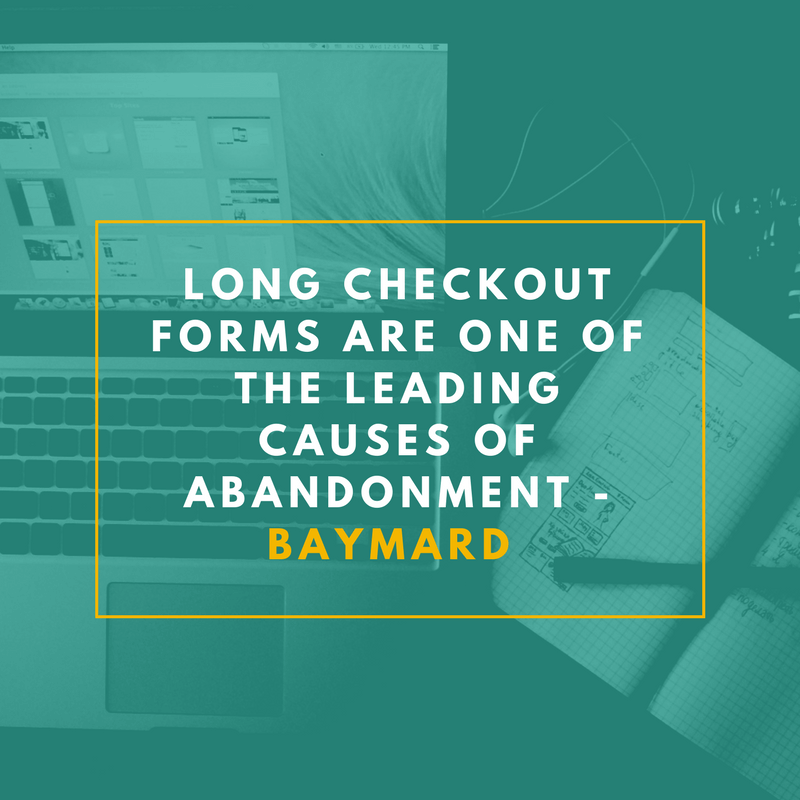
Source: Baymard Institute
9. Retain and retarget existing customers
Sadly, 70% of CMOs don’t list customer retention as one of their top priorities. Marketers are so eager to acquire new customers that they unwittingly start ignoring the ones they already have. And when you take customers for granted, they will abandon you – without a second thought.
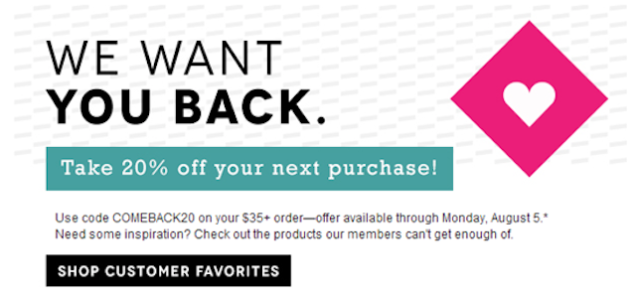 Source: Shopify
Source: Shopify
You need to pamper your customers with loyalty offers, give them special deals and benefits, and reward them with special offers on their birthday. Prioritise customer retention and your whole business will benefit.
10. Provide exceptional customer support
Be quick to answer all user queries – no matter how small. Users are impatient, so you need to attend to them as soon as possible. Live chats are one of the best customer service options; users can get their queries solved quickly and easily. Check out this roundup article by Pixc to learn more about the benefits of customer service and grab some quick actionable tips.
Source: LivePerson
It is an uphill battle out there in the eCommerce world. So gear up! Revise your strategies and work towards your goal. These 10 tips will help your eCommerce business to keep its focus and reach the 7 figure mark.
This post was written by Pravya Pravin. She is a Product Marketer at iZooto. In love with animals more than humans, she’s obsessed with amazing hair and educating the world about the progressive web. Amidst all of this, she also squeezes out time to paint on canvas and secretly masters the art the stone balancing. Her dream is to go on a bike trip to the highest motorable road. She writes often on the iZooto blog.


